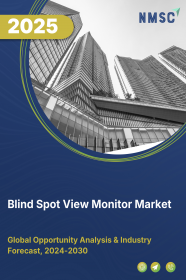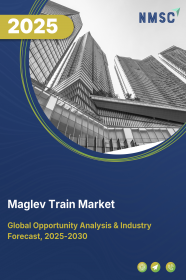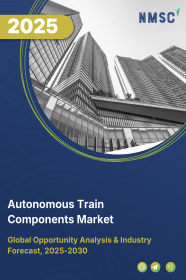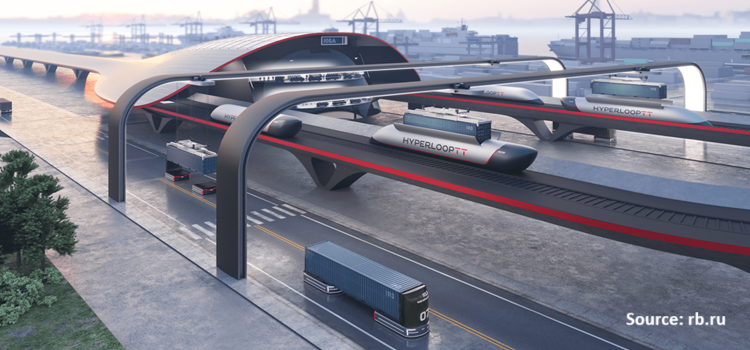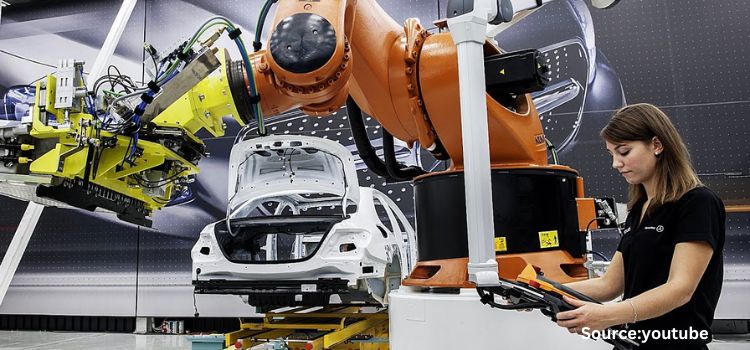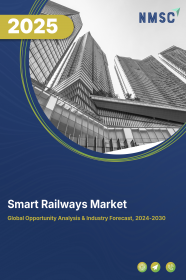
Smart Railways Market by Hardware (Sensors, Video Surveillance Systems, Network Devices, Smart Card Readers, and Others), by Services (Consulting Services & Support and Maintenance Services), by Solution (Passenger Information System, Freight Management Systems, and Others), by Deployment (On-premises and Cloud Based), by Technology (IoT, AI, and Others), and by Application (Passenger Management, Freight Management, and Others)–Global Opportunity Analysis and Industry Forecast 2025-2030
US Tariff Impact on Smart Railways Market
Trump Tariffs Are Reshaping Global Business
Smart Railways Market Overview
The global Smart Railways Market Overview size was valued at USD 32.24 billion in 2024 and is predicted to reach USD 54.96 billion by 2030 with a CAGR of 9.3% from 2025-2030.
The factors such as increase in government investments, rise in number of rail accidents and adoption of sustainable energy drives the market growth. However, the high cost in infrastructure investment hinders the growth of smart railways in various nations. On the contrary, development of autonomous freight trains offers promising future opportunity to enhance automation demand.
Moreover, top players namely, Hitachi, Huawei and others are taking initiatives involving product launch, collaborations in order to enhance their market position and expand product offerings. These initiatives are expected to drive innovations and adoption in smart railways market, creating a secure and efficient traveling ecosystem.
Advancement in terms of autonomous trains are enabling smarter and safer travel and logistics systems, and as the market matures, demand for smart railway is expected to grow steadily.
Government Investments Boosts the Smart Railways Market Growth
The smart railways market is driven by government initiatives to modernize infrastructure and promote sustainable mobility. Investments in high-speed rail, digitalization, and smart city projects, supported by policies and funding, are accelerating IoT, AI, and automation adoption.
According to reports published by PWC in 2024, European Train Control System (ETCS) infrastructure across the EU rail network in 2020, contained only 14% of the EU rail network equipped with ETCS, and at the current pace of growth, this proportion is expected to rise to 25% by 2030 and 35% by 2040.
Additionally, Canada's commitment to reducing carbon emissions includes plans to develop more energy-efficient rail solutions, leveraging smart technologies including IoT for real-time monitoring and predictive maintenance. Such strategies accelerate the market growth of smart mobility railways for enhancing infrastructure and promoting green transportation solutions.
Rise in Number of Rail Accidents Propels the Smart Railways Market Demand
The increase in rail accidents is driving the demand for smart railways solutions, as these technologies improve safety, monitoring, and operational efficiency. Advanced systems such as real-time tracking, predictive maintenance, and automated safety mechanisms minimize the chance of accidents and ensure smooth and safe operations.
Reports published by National Safety Council in 2023 state that railroad fatalities risen by 10%, with 995 deaths and a 3% rise in nonfatal injuries in 2023. Smart rail technologies, through their adoption, contribute to a decrease in accidents and fatalities, and therefore support market growth.
Growing Inclination for Sustainable Energy Usage Heightens the Market Surge
The adoption of sustainable energy drives the growth of the market through the uptake of renewable sources such as solar and wind. These trends towards greener energy result in reduced emission rates and a significant improvement in the energy efficiency of rail networks as they tend towards global sustainability.
As per the reports published by International Energy Agency (IEA) in 2023, this growth of clean energy is highly contributing to economic development as clean energy contributed 10% of the GDP growth in 2023, adding USD 320 billion to the world economy.
Sustainable energy growth increases demand for smart mobility railways systems that integrate renewable sources, enhance efficiency, and help reduce emissions in rail operations.
High Infrastructure set-up Hinders the Market Growth
High up-front infrastructure investment is something that restrain the smart railways market expansion because network upgrades through adoption of more advanced technologies, including automation and IoTs, demands a pretty high initial investment.
Autonomous Trains Creates Future Opportunities
The development of driverless freight trains transforms logistics by improving speed, reliability, and efficiency. These automated trains reduce the need for human intervention, cut costs, and enhance safety. With the help of advanced tracking and communication systems, they would optimize delivery times, reduce emissions, and support the growth of the rail transport industry.
As per reports published by IoT M2M Council in 2024, recent developments in the market include the expansion of connected railway systems, such as the autonomous Honolulu Skyline. Companies such as Hitachi, Bombardier, and Alstom are advancing rail connectivity with new technologies and acquisitions.
Market Segmentations and Scope of the Study
The smart railways market report is segmented on the basis of hardware, services, solution, deployment, technology and application. On the basis of hardware, the market is classified into sensors, video surveillance systems, network devices, smart card reader and others. On the basis of services, the market is segmented into consulting services, support and maintenance services and others. On the basis of solution, the market is divided into passenger information system, freight management system, railway operations management, smart ticketing solutions, and others. On the basis of deployment, the market is divided into on-premise and cloud based. In terms of technology the market is further subdivided into IoT, AI, Bigdata sensors and others. Based on application, the market is broadcasted into passenger management, freight management, rail automation and control, rail safety and security, rail analytics, and others. Regional breakdown and analysis of each of the aforesaid segments includes regions comprising of North America, Europe, Asia-Pacific, and Rest of The World (Row).
Geographical Analysis
The Asia-Pacific region dominates the smart railways market share in the forecast period and is expected to maintain its position going forward as a result of the rise toward the rate of urbanization.
The reports from the Chinese government published in 2025 state that China's urbanization rate reached 66.16% by the end of 2023, and rapid urbanization is driving infrastructure growth, such as smart mobility railways systems, with more cities growing and needing better transportation solutions. Rapid urbanization is driving demand for smart mobility railways systems as cities expand and require more efficient transportation solutions.
Additionally, the rising adoption towards sustainability and greener ecology propels the demand towards smart railways in the region. According to reports from Ministry of Commerce and Industry, Government of India, 2024, the country is contributing a lot by promoting renewable energy in order to enhance smart mobility railways.
The country aims to reach 500 GW of non-fossil fuel energy by 2030, supporting the shift towards electrification in railways. The growing interests in sustainability, and greener ecology, therefore increase the need for smart mobility railways systems even further, alongside renewable energy targets that further favour railway electrification.
On the contrary, Europe is expected to witness a progressive increase in the market of smart railways in the forecasted period due to increasing population across the region. Reports published by Population Matters, in 2023, cited that UK is growing steadily where its population expected to reach to 70 million by 2036 with 0.4% annual growth rate. Smart mobility railways are becoming inevitable with increased passenger traffic and to manage urban congestion mainly in growing cities.
Moreover, the rise in train accidents in the region is creating a need for smart railways because advanced safety systems and automated technologies are required to improve operational efficiency, prevent collisions, and ensure passenger security.
As per reports published by European Commission, Germany recorded 312 railway accidents, marking the highest number among EU countries in 2023. The rise in train accidents is driving demand for smart mobility railways, with advanced technologies becoming essential for enhancing safety and preventing collisions.
Competitive Landscape
Various key prominent players operating in the smart railways industry includes Efftronics Systems Pvt. Ltd., VGS and Technologies Pvt. Ltd., Cargologik, Hitachi Rail Limited, Baumer, ID Tech., ASC GmbH, Cisco Systems, Inc., Intel Corporation, Siemens Mobility, ALE International, Nokia, Telefonaktiebolaget LM Ericsson, Huawei Technologies Co., Ltd., and LS Electric. and others. These market players are adopting strategies such as product launch and partnership to remain dominant in the market.
For instance, in September 2024, Hitachi, partnered with NVIDIA to launch the HMAX AI solution, aimed at improving railway management. This platform utilizes edge AI technology to optimize train operations, signalling, and infrastructure by providing real-time data analysis. The collaboration enhances decision-making, performance, and maintenance, offering increased safety and efficiency for rail systems.
Moreover, in February 2024, Huawei introduced a perimeter detection solution to enhance smart railways operations. The technology integrates advanced sensors and AI to improve safety, prevent unauthorized access, and support efficient railway management. This solution highlights Huawei's efforts to promote smarter, more secure railway systems.
Key Benefits
-
The report provides quantitative analysis and estimations of the smart railways sector from 2025 to 2030, that assists in identifying the prevailing market opportunities.
-
The study comprises a deep-dive analysis of the current and future smart railways market trends to depict prevalent investment pockets in the market.
-
Information related to key drivers, restraints, and opportunities and their impact on the smart railways industry is provided in the report.
-
Competitive analysis of the players, along with their market share is provided in the report.
-
SWOT analysis and Porters Five Forces model is elaborated in the study.
-
Value chain analysis in the market study provides a clear picture of roles of stakeholders.
Smart Railways Market Key Segments
By Hardware
-
Sensors
-
Video Surveillance Systems
-
Network Devices
-
Smart Card Readers
-
Others
By Services
-
Consulting Services
-
Support and Maintenance Services
-
Others
By Solution
-
Passenger Information System
-
Freight Management Systems
-
Railway Operations Management
-
Smart Ticketing Solutions
-
Others
By Deployment Type
-
On-Premises
-
Cloud-Based
By Technology
-
Internet of Things (IoT)
-
Artificial Intelligence (AI)
-
Smart Sensors
-
Bigdata Analytics
-
Others
By Applications
-
Passenger Management
-
Freight Management
-
Rail Automation and Control
-
Rail Safety and Security
-
Rail Analytics
-
Others
By Region
-
North America
-
The U.S.
-
Canada
-
Mexico
-
-
Europe
-
The U.K.
-
Germany
-
France
-
Italy
-
Spain
-
Denmark
-
Netherlands
-
Finland
-
Sweden
-
Norway
-
Russia
-
Rest of Europe
-
-
Asia-Pacific
-
China
-
Japan
-
India
-
South Korea
-
Australia
-
Indonesia
-
Singapore
-
Taiwan
-
Thailand
-
Rest of Asia-Pacific
-
-
Rest of the World (RoW)
-
Latin America
-
Middle East
-
Africa
-
Key Players
-
Efftronics Systems Pvt. Ltd.
-
VGS and Technologies Pvt. Ltd.
-
Cargologik
-
Hitachi Rail Limited
-
Baumer
-
ID Tech.
-
ASC GmbH
-
Cisco Systems, Inc.
-
Intel Corporation
-
Siemens Mobility
-
ALE International
-
Nokia
-
Telefonaktiebolaget LM Ericsson
-
Huawei Technologies Co., Ltd.
-
LS Electric
REPORT SCOPE AND SEGMENTATION:
|
Parameters |
Details |
|
Market Size in 2024 |
USD 32.24 Billion |
|
Revenue Forecast in 2030 |
USD 54.96 Billion |
|
Growth Rate |
CAGR of 9.3% 2025 to 2030 |
|
Analysis Period |
2024–2030 |
|
Base Year Considered |
2024 |
|
Forecast Period |
2025–2030 |
|
Market Size Estimation |
Billion (USD) |
|
Growth Factors |
|
|
Countries Covered |
28 |
|
Companies Profiled |
15 |
|
Market Share |
Available for 10 companies |
|
Customization Scope |
Free customization (equivalent to up to 80 working hours of analysts) after purchase. Addition or alteration to country, regional, and segment scope. |
|
Pricing and Purchase Options |
Avail customized purchase options to meet your exact research needs. |







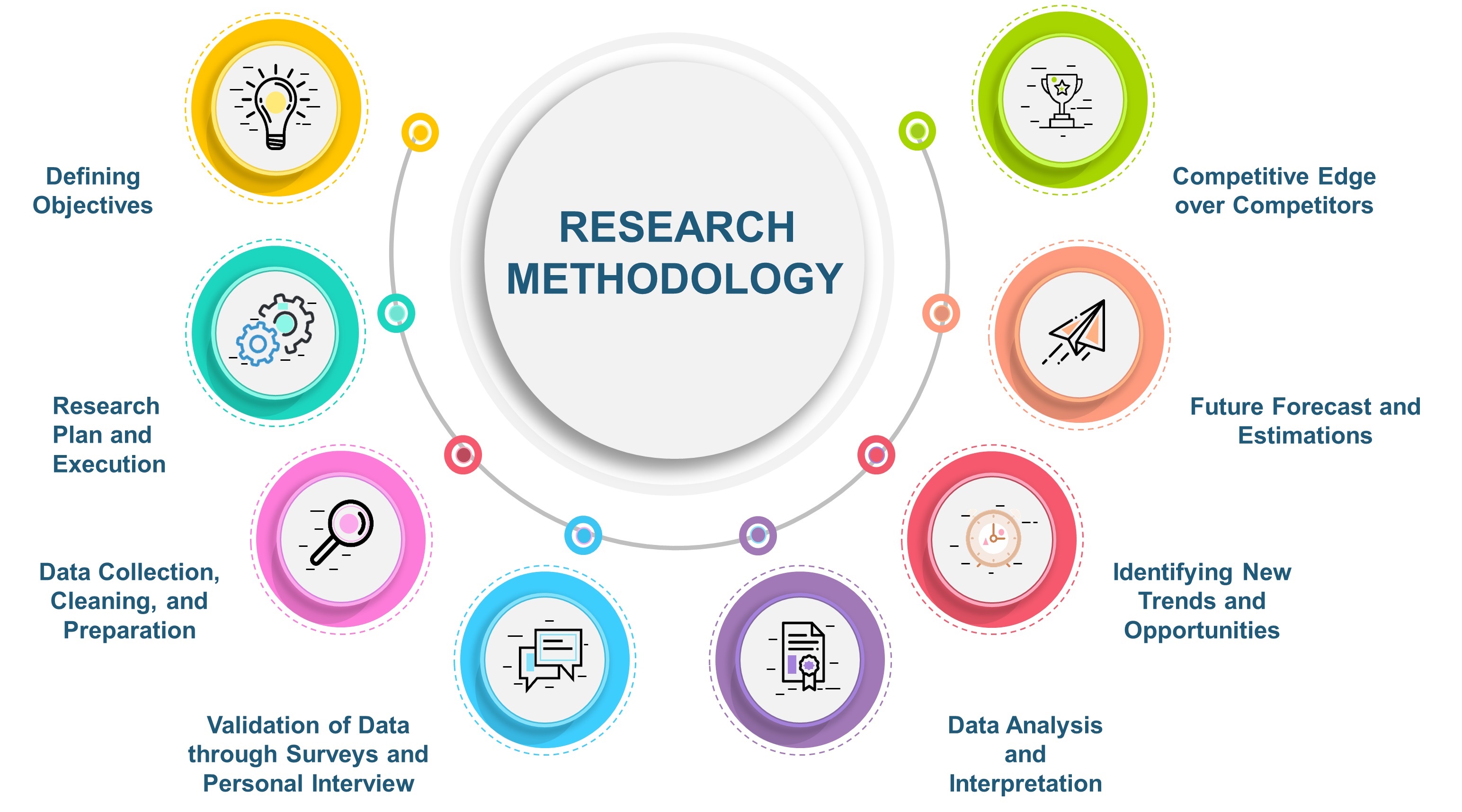
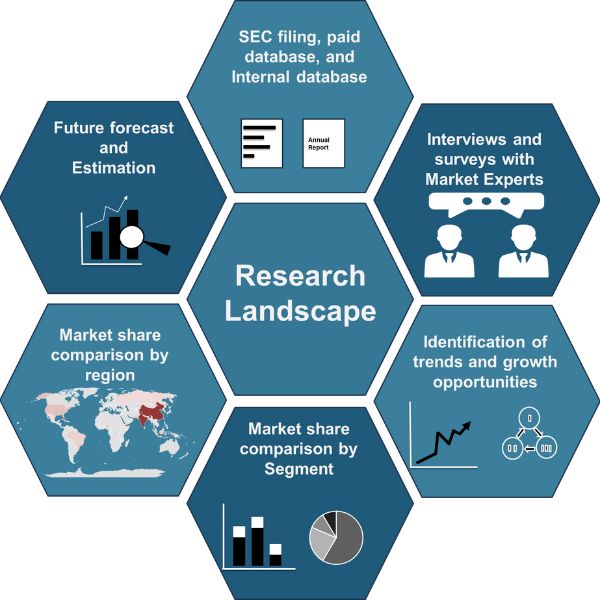
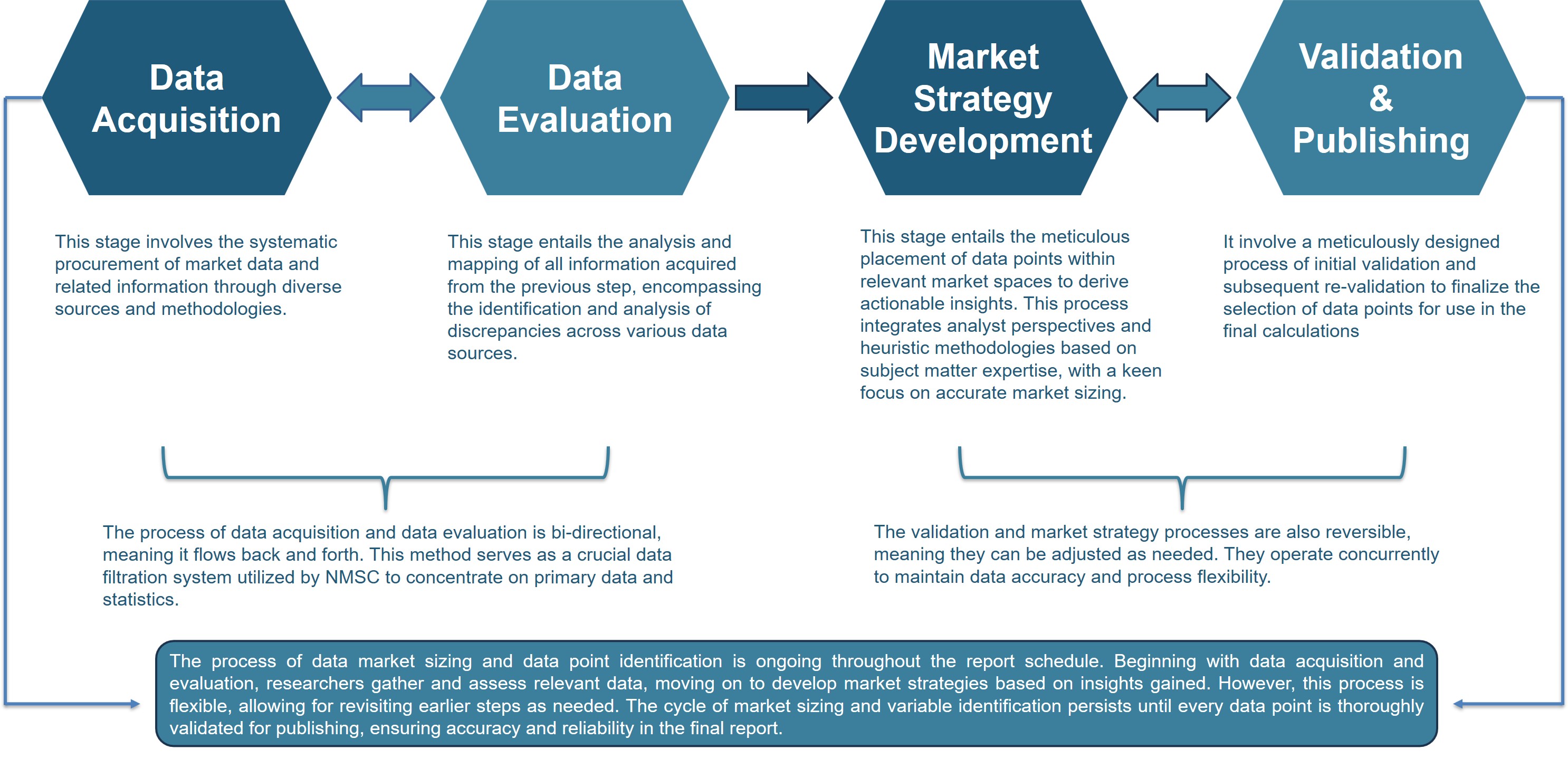



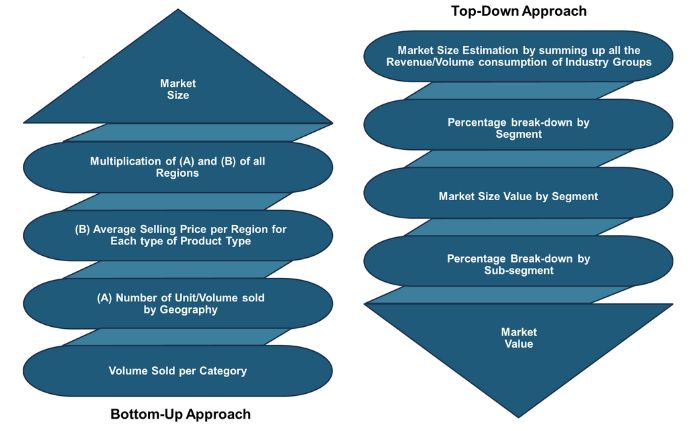
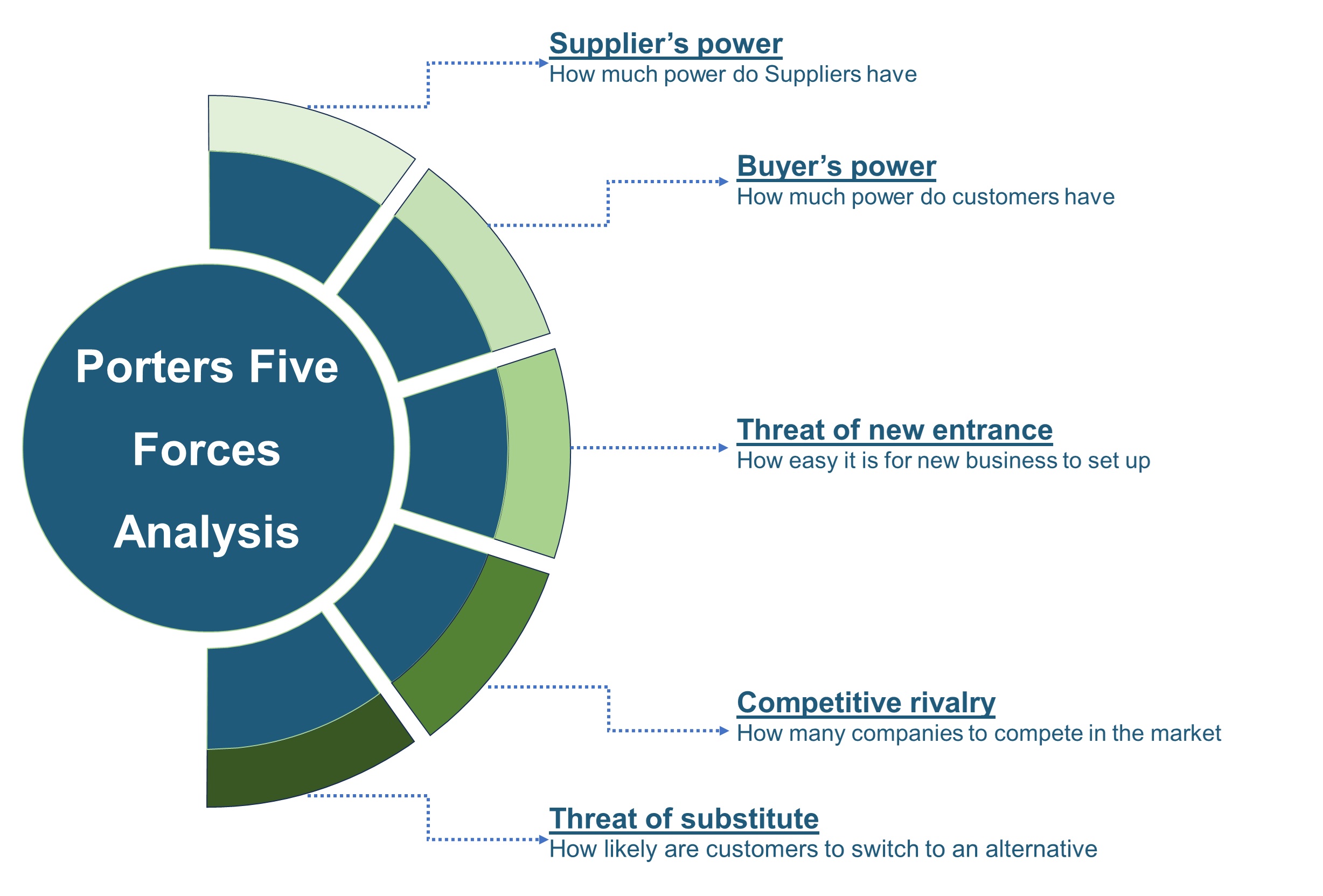


 Speak to Our Analyst
Speak to Our Analyst



